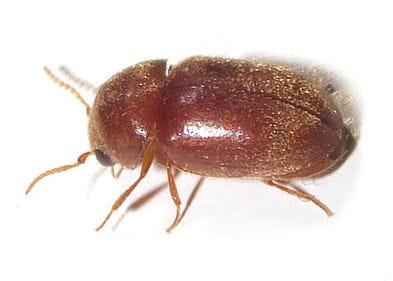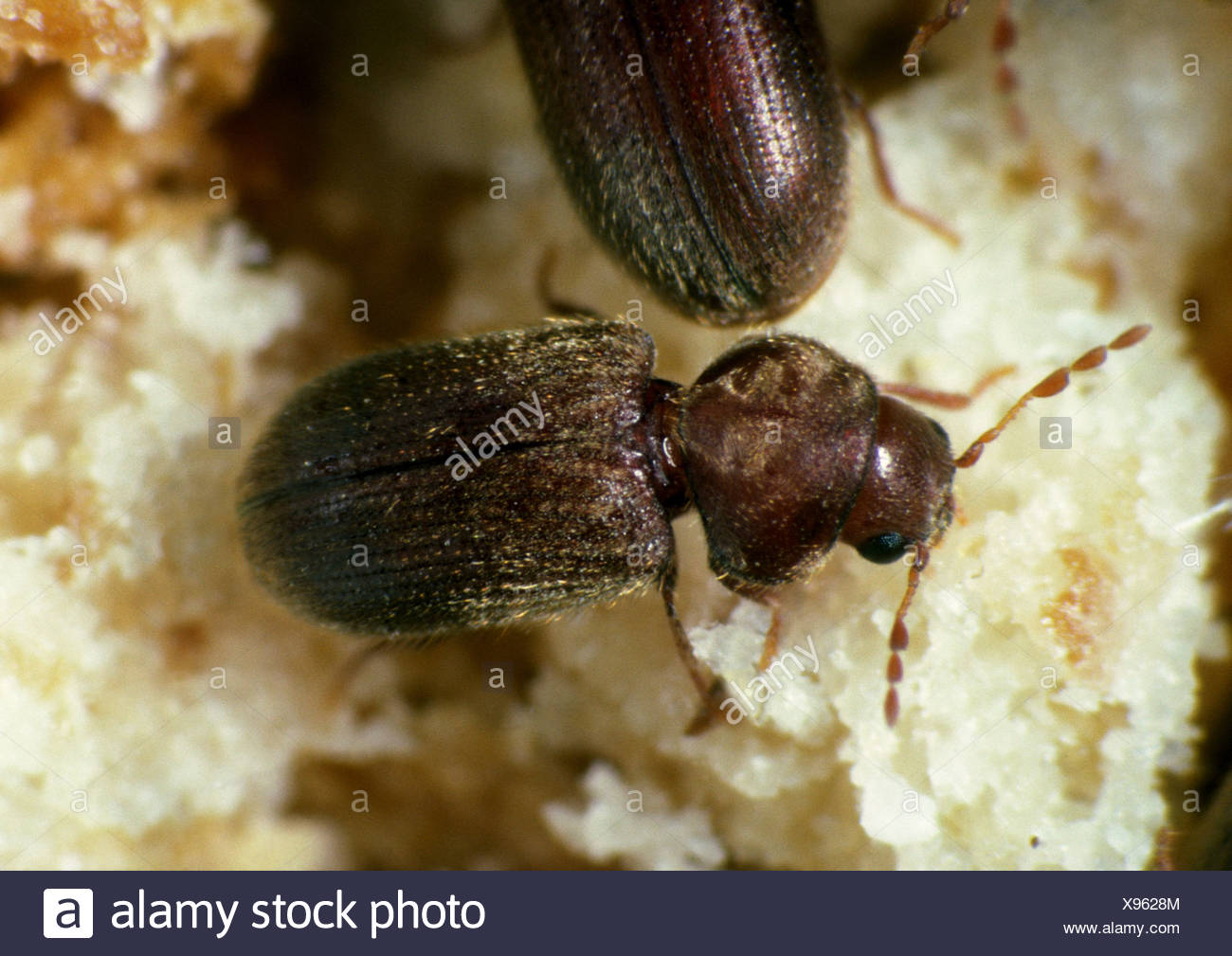
All floor areas should then be treated with a residual insecticide or a desiccant spray from skirting board to skirting board. Any cats and dogs should be treated for fleas with an insecticide recommended for this purpose and pet bedding should be destroyed or washed. All floors and upholstered furniture should be vacuumed to remove animal hairs, organic debris, flea eggs and pupae. In such cases, additional treatments will need to be carried out until the infestation is eradicated. Animal bedding may support a flea population of 8000 immature and 2000 adult forms.Ĭontrol: Where very high populations of fleas are present, a single application of insecticide may not be sufficient, as even a 99% kill rate can still leave sufficient survivors to form the basis of a new infestation. The larvae thrive in dark, humid places such as animal bedding and carpet fluff, and feed on organic debris and adult flea excrement. The adult is a 1/8-inch long, red-brown beetle with grooves in its wing covers and. They will hatch in a further 4 to 12 days, depending on the temperature and humidity. The drugstore beetle, Stegobium paniceum, is a common pantry pest. A typical female flea may lay 200 eggs over a period of five days. It is important to inspect open food packages for adult and larvae biscuit beetles and take action to get rid of them if you find any. They are attracted to food and will lay eggs near food products, which will hatch into larvae. Fleas are found throughout the UK including cities such as London.īiology: Flea eggs are about 0.5mm long, oval, pearly-white in colour and laid indiscriminately in the fur or feathers of the host or in its nest or bedding. What To Look For Biscuit beetles are a common type of pest that can infest your home. The larvae of both species are nearly twice as long as the adults. They have a thin, laterally flattened body and large hind legs which allow them to jump onto passing hosts. They are also proficient at flying and can be located in dimly lit areas or where the temperature is above 18 degrees Celsius.Description: Adult Cat fleas/Dog Fleas are 2 to 3 mm in length and generally of a brown appearance. Some of the more common pests include: Boxelder bugs Carpenter bees Fleas Fire ants Gnats and house flies Mosquitoes Termites Ticks. When their young ones hatch, these insects have a constant food source. You are likely to find them around your well-stocked pantry because they prefer to lay their eggs on a source of food.

The Rust-red flour beetle is a commonly imported pest that tends to infest cereal products such as rice, flour, porridge, oats, and grains.Ĭigarette beetles are a common household pest in the UK and are active throughout the year, but are particularly common during autumn and winter. The confused flour beetle (Tribolium confusum) is the most commonly found beetle in flour mills and bakeries. Dealing with them can be quite a challenge.

Our pest controllers often encounter the Flour Beetle, which is another common species of beetle found in the UK. If you do not deal with these bothersome creatures promptly, they will cause the most damage to your property. The larvae of beetles, also known as woolly bears, have a tendency to feed on fabrics, discarded bird feathers, and other forms of fluff before they start searching for new sources of food and causing damage to your property. Adult beetles live up to three years, and the females lay up to 285 eggs. Saw-toothed beetles are flat, thin, dark-brown bugs only one-tenth of an inch long. They may resemble a cream, grey, and brown ladybird upon closer inspection, but it’s important to note that they are a different species.Ĭarpet beetles that are fully grown often lay their eggs in old bird nests, household accumulations of fluff, and fabrics found in corners, closets, drawers, and airing cupboards in your home. Saw-toothed grain beetles and flour beetles both belong to the bran bug family and both commonly infest dry dog food, according to North Dakota State University.

Adult carpet beetles are oval-shaped and typically measure between 1.7mm to 3.5mm in length. The most commonly dealt with species by our beetle control specialists is the Carpet Beetle, with the Varied Carpet Beetle being the most prevalent.


 0 kommentar(er)
0 kommentar(er)
